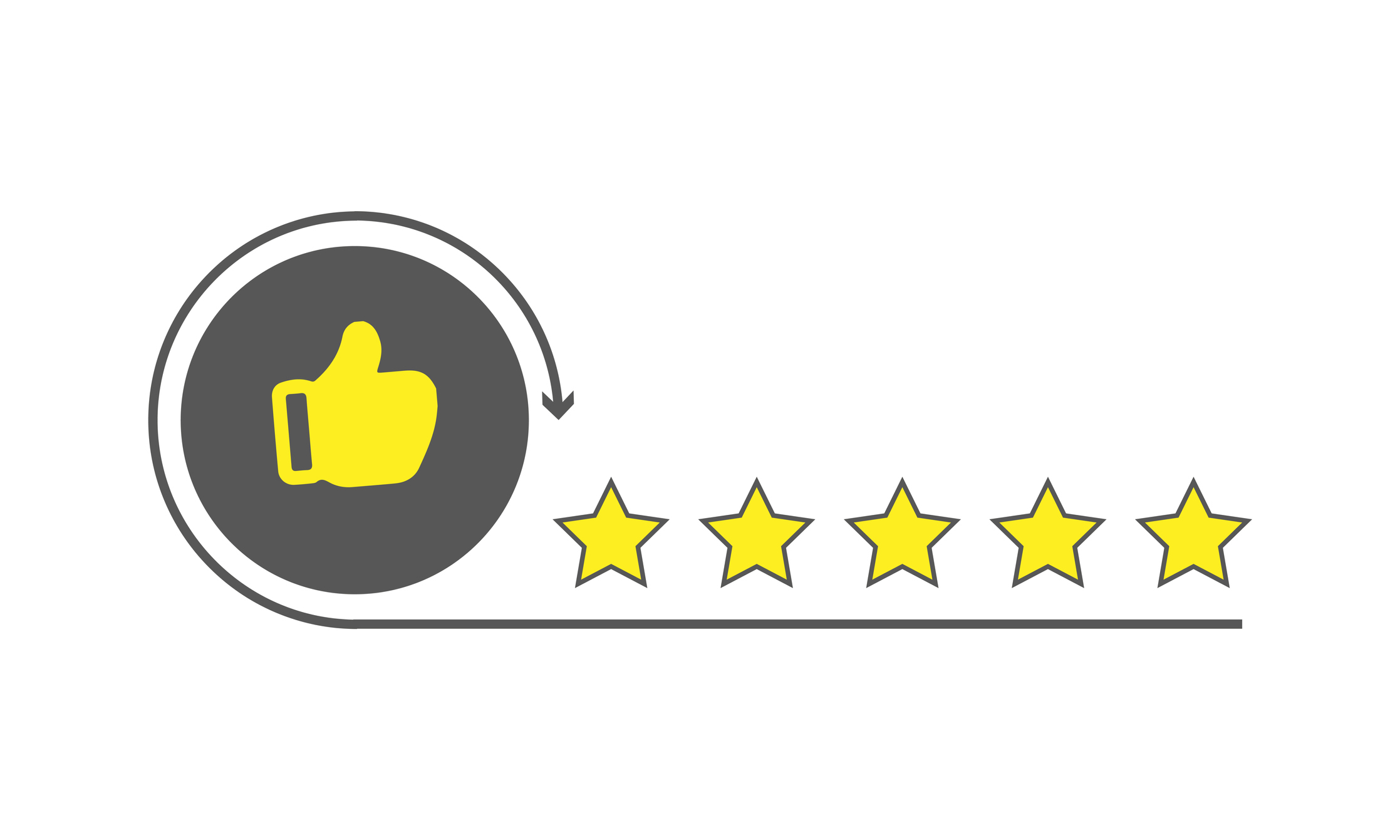10 Ways to Foster a Growth Mindset
Some of the most powerful components of resilience come from within, including your mindset and attitude toward the world. Your mindset affects how you respond to change. With a fixed mindset, you tend to believe that change is not possible. You view your people as fixed personalities with fixed skills.
Growth mindset, on the other hand, is understanding that talents and abilities can be developed through effort, instruction, education, and persistence. Someone with a growth mindset approaches challenges by asking: How can we develop this situation into what we want?
Shifting your employees into the growth mindset can be extremely powerful and correlates with a palpable shift in the climate and culture of your organization.
Here are 10 ways to foster a growth mindset:
1. Develop empathy and team spirit. Resilience takes a lot of energy and optimism. To foster resilience, employees need to feel their efforts are an integral part of the organization—that their work matters. People only put that kind of effort into what they feel intimately involved in; it must be personal before people will really fight for it. Developing a climate where people feel empathy for each other and a strong connection to the organization is critical. Empathy also helps facilitate communication. You can’t communicate effectively with someone if you don’t understand, emotionally, where they are coming from.
2. Acknowledge reality but provide context. Help your people discern between real danger and unfounded fear. The reality is, there are a lot of unknowns. But even within that environment there will be opportunities, and if the team bands together they can take advantage of them. Help them frame the inevitable bumps as challenges, not obstacles.
3. Coach employees to choose helpful emotions. Even in resilient people, anxiety can run high during times of extreme change. Emotions help drive action, as long as they are helpful emotions. Managers can coach employees to choose to focus on emotions and attitudes that will help them resolve a problem. Start this process by helping employees work through how much of the anxiety is real (i.e., because there’s imminent danger) versus a reaction to the unknown and unknowable.
4. Evoke the higher purpose. Leaders can help people through times of crisis through storytelling. Storytelling can help people rediscover meaning in their work, reconnect with the higher purpose of the organization, and develop their own internal narrative of resilience.
5. Reframe challenges. First, identify your own reaction to what’s going on, as well as identifying how your team feels. Then, choose the most helpful emotions to moving forward. Challenges create the learning that leads to success, and reframing obstacles in that light helps employees attack them with the right mindset.
6. Accept failure as necessary to growth. Failure is a normal and necessary part of growth–both in developing talent and in learning how to move forward. Instead of dreading failure, train yourself and your team to ask: What can we learn from that? How can we shift our efforts to make the next attempt successful?
7. Emphasize progress over speed. Too much emphasis on speed causes anxiety and focuses employees on the wrong things. Employees should be able to take calculated risks, and should be rewarded for trying new things. If you’re learning from your failures, every step forward, even the missteps, will help you progress.
8. Celebrate accomplishments and progress. High-performing teams offer positive feedback along with negative comments. When things are tough, or there’s change fatigue afoot, you need to be even more positive. Make sure your positive to negative ratio is leaning in the right direction.
9. Promote optimism. Optimistic people tend to exert more energy toward solving a problem, because they believe they can make a difference. They are more likely to view challenges as an opportunity to learn, and to look for ways to increase value. Why would you exert effort if you don’t believe it will make a difference? It’s a fundamental factor of motivation. That’s why we teach organizations to promote optimism.
10. Embrace the word “yet.” We can’t see an end in sight. This can damper patience and positivity because it just takes longer to see results. When you hear employees fixating on the things that aren’t working, try amending their statements with “yet.” This simple word can reset employees back into a more positive, proactive mindset. Mindset doesn’t only apply to employees. You, as an organizational leader, also need to pay attention to your response to change and to your approach, including setting realistic expectations.
Foster a Growth Mindset with AMA
www.amanet.org/corporate-solutions
877-880-0264









